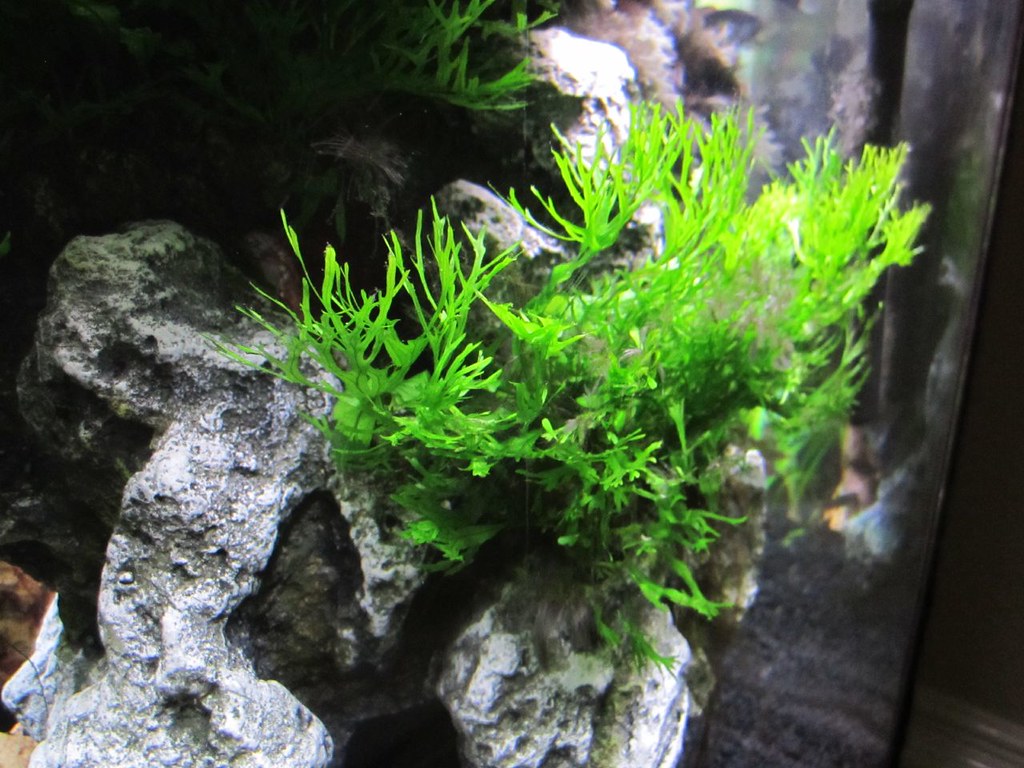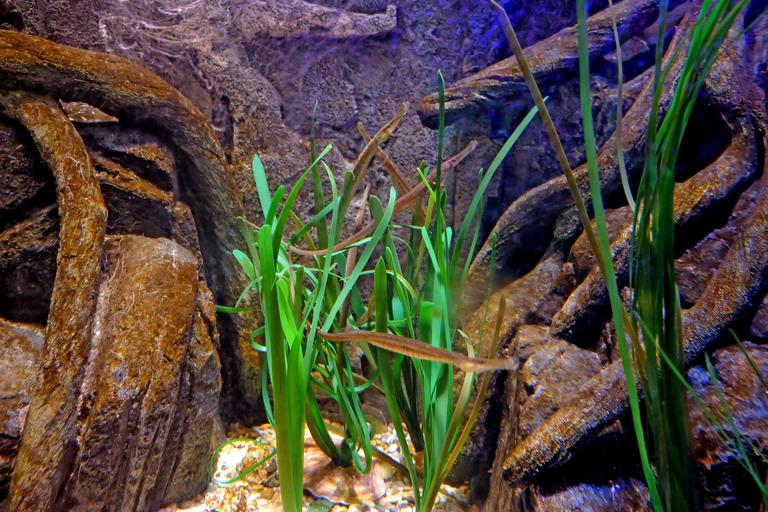Talk of taking care of Java Ferns usually goes one of two ways. The first is that it’s easy to take care of and looks great. The second is that it’s a pain in the neck and slowly turns into a nasty, disease-ridden mess. There doesn’t seem to be a middle ground. If you belong to the latter group, what is causing your Java Fern to melt?
Not all Java Ferns melt but some do, according to how well you are taking care of them. Too much light, too much algae in the tank, not enough nutrients for the fern to take advantage of, or just being planted incorrectly are all potential causes behind a Java Fern melting.
Of course, you can fix it, so long as you catch it soon enough. It’s hard to miss that something isn’t right with your Java Fern. Like land plants, Java Ferns exhibit signs that the end is on its way. Most of the time, the first sign that something is wrong is the leaves turning brown.
What Makes Java Ferns Melt?
A Java Fern is just like any other living organism—it needs nutrients, adequate lighting, food (nutrients), a healthy surrounding environment, and they need to be placed in the right way. If you’ve never seen or owned a Java Fern before, you know that they aren’t like most plants in that they aren’t planted in any kind of soil.
Without any one of these things, a Java fern will slowly start to brown and eventually melt, or at least it highly resembles the melting process. Java Ferns don’t have a traditional root system. They simply attach to surfaces, mostly driftwood or similar structures in your tank.
That means they get the vast majority of their nutrients by absorbing nutrients from the water surrounding them.
Java Ferns Require Proper Planting
Most newbies aren’t really sure how to plant their Java Ferns, so they place them on top of the gravel, thinking that the rhizomes Java Ferns use to attach themselves to various surfaces will take root there. Unfortunately, a Java Fern won’t attach very well to rock surfaces or gravel.
Too Much Lighting
Java Ferns are essentially aquatic plants and they are planted so that they stick out from the surface of the water. In nature, the rules are the same and since they survive on the surface of the water, that means that they are not used to getting a lot of light.
When you are a low-lying plant, sunlight is a luxury rather than the rule. So the reality is, that your Java Fern doesn’t need much light. If you happen to have a setup where a lot of light is required, a Java Fern shouldn’t be on your checklist.
Algae Growth in Your Tank
It’s not just any algae that are bothersome to Java Ferns. Blue-green algae, however, is a Java Fern’s kryptonite. This type of algae sucks up all of the nutrients and minerals that a Java Fern needs to survive.
Increase the Nutrients in your Tank
The blue-green algae issue kind of rolls right into this one, which is to say that your Java Fern is missing essential nutrients that it needs to survive. It’s important to keep your tank free of algae (any kind of algae really), and full of the nutrients that a Java Fern needs to survive.
Why is My Java Fern Dying?
The above-mentioned scenarios that cause your Java Fern to melt will also be the cause of its death if nothing is done to reverse the situation. It’s important to realize that “dying” isn’t necessarily what’s going on if your Java Fern is starting to get some brown leaves.
A Java Fern, just like any other plant, may be in the process of reproducing, which will cause some of the leaves to turn brown as the plant expends the energy to reproduce through a method known as apomixis.
Apomixis is a method of asexual reproduction and is basically a process that a Java Fern goes through to propagate its species. If you notice brown or black spots, along with possibly more extensive browning, it’s possible that your Java Fern is just reproducing and will be fine.
Otherwise, any number of the above-listed things can be going on that causes your Java Fern to start spiraling downward. The only way to salvage the situation is to find the cause of the problem and start the process of reversing it, which brings us to our next question.
Can Java Ferns Recover?
Fortunately, the answer is yes, your Java Fern can recover, so long as it’s not so far gone that is everything bad except for dead. To get your Java Fern back in tip-top shape, you need to act quickly to reverse the cause of the melting.
The first thing that you need to do is trim the brown spots/leaves back. Those portions of the Java Fern are essentially dead and are a waste of the plant’s energy as it attempts to provide for a lost cause.
Liquid fertilizer is a good addition at this point, especially if you suspect that it’s a lack of nutrients causing the issue. Also, start a rotation process of replacing roughly 15% of your tank’s water and keep it up once every week and a half to two weeks until you you reach 100%.
Tone back the amount of lighting that the Java Fern is getting. If you didn’t know about the light issue, you do now. If you are in the habit of providing your tank with a lot of light, it could be the lone issue that is causing your Java Fern to melt.
All Things Considered
Your Java Fern is melting because of inadequate conditions that help Java Ferns thrive. Rotating your water supply by 15% or so every couple of weeks, along with a small amount of liquid fertilizer should heal any damage to your Java Fern and keep a healthy one thriving.



